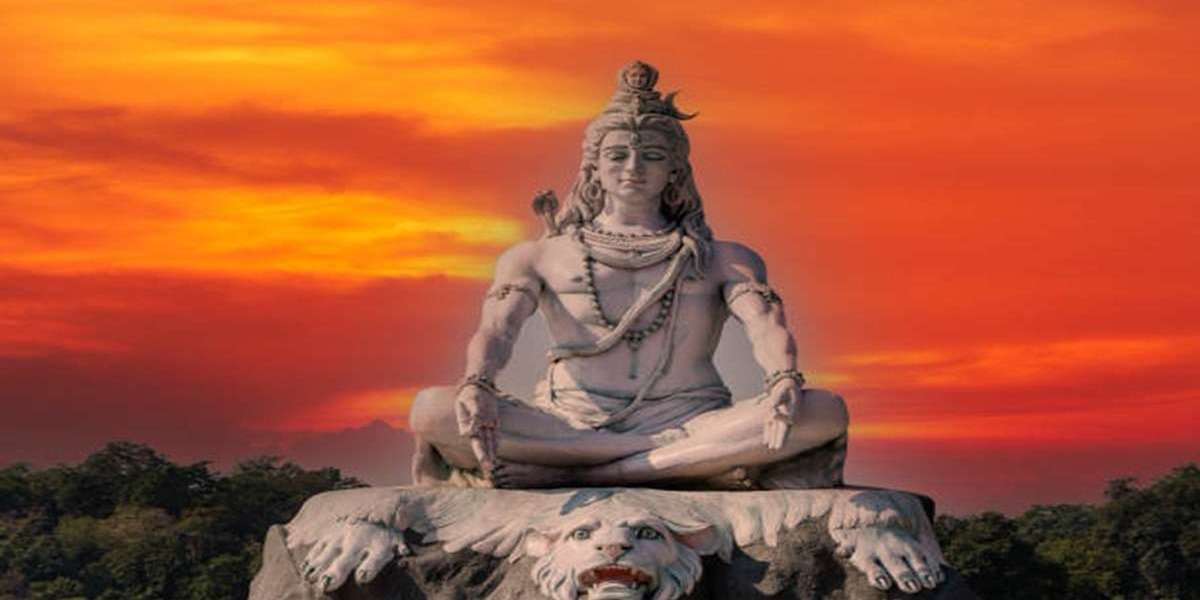In the vast tapestry of Hindu mythology, Lord Shiva stands as one of the most powerful and enigmatic figures. Revered as the Destroyer and Transformer, Shiva embodies both destruction and creation, symbolizing the cyclical nature of existence. His might is legendary, his presence omnipresent in the hearts and minds of millions of devotees worldwide. In this blog post, we delve into the awe-inspiring might of Lord Shiva, exploring the depths of his divine power and influence.
Origins and Iconography
Lord Shiva’s might is intricately woven into the fabric of Hindu cosmology and mythology. Born from the cosmic dance of creation and destruction, Shiva is often depicted in various forms and manifestations. His iconic image, with matted hair adorned with the crescent moon, a third eye on his forehead, and a serpent coiled around his neck, symbolizes his unparalleled prowess and divine attributes. Through ancient scriptures and oral traditions, the origins and iconography of Lord Shiva continue to captivate the imagination of believers and scholars alike.
Lord Shiva’s Might: The Eternal Yogi
The Eternal Yogi Central to Lord Shiva’s might is his role as the Eternal Yogi. Renouncing worldly attachments, Shiva retreats to the solitude of the Himalayas, where he engages in deep meditation and contemplation. Through his rigorous practice of yoga, Shiva transcends the limitations of the physical realm, attaining a state of supreme consciousness. As the embodiment of asceticism and self-discipline, Shiva’s yogic prowess symbolizes his absolute control over mind, body, and spirit. His meditative trance, often depicted in ancient scriptures and artistic representations, serves as a profound reminder of the transformative power of spiritual practice.
The Destroyer and Transformer
In Hindu cosmology, Lord Shiva assumes the role of the Destroyer, responsible for dismantling the universe at the end of each cosmic cycle. With his mighty trident, Shiva brings about dissolution, paving the way for regeneration and renewal. Yet, amidst the chaos of destruction, Shiva also embodies the spirit of transformation. Through the ashes of the old, Shiva cultivates the seeds of new life, heralding the dawn of a fresh cycle of creation. His might as the Destroyer and Transformer underscores the inherent balance between destruction and creation, reminding us of the cyclical nature of existence.
Devotion and Worship
Across the Indian subcontinent and beyond, millions of devotees pay homage to Lord Shiva through various forms of devotion and worship. From elaborate rituals performed in ancient temples to simple prayers offered in humble abodes, the fervent adoration of Shiva transcends boundaries of caste, creed, and culture. Devotees seek solace in Shiva’s benevolence, invoking his divine grace to overcome obstacles, dispel ignorance, and attain spiritual liberation. Through bhakti (devotion) and seva (selfless service), devotees forge a profound connection with Shiva, experiencing firsthand the boundless compassion and mercy of the Lord.
Conclusion:
Lord Shiva’s might is an eternal force, permeating every aspect of existence with his divine presence. As we reflect on the awe-inspiring power and influence of Shiva, let us immerse ourselves in the depths of devotion and reverence. Whether through meditation, prayer, or acts of kindness, may we strive to embody the timeless wisdom and compassion of Lord Shiva in our daily lives. We invite you to share your thoughts and experiences with Lord Shiva in the comments below. How has Shiva’s might touched your life? What lessons have you learned from the Lord of Destruction and Transformation? Let us come together in celebration of the divine splendor of Lord Shiva.









